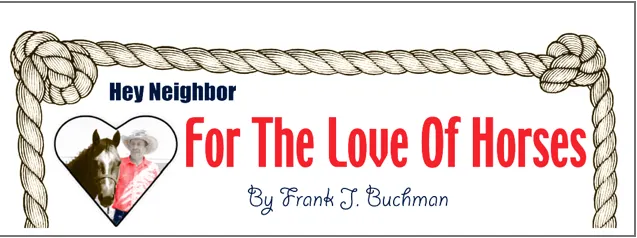By Frank J. Buchman
Winter feed bills are sometimes the difference between profit and loss for cattlemen.
Grazing cover crops is one way to help reduce cattle wintering costs, while offering no less than a handful of additional possible benefits to farming operations.
Turnips and radishes are highly productive, high quality forages for fall and winter grazing, when crop fields would remain fallow otherwise, according Dr. Jaymelynn Farney, Parsons, southeast area Extension beef systems specialist.
She spoke to more than 100 producers from eastern Kansas and western Missouri during the Grazing Management Workshop, hosted by the Conservation Distracts and Natural Resources Conservation Service (NRCS) offices serving Anderson, Coffey and Linn counties, at the Frank Graham farm west of Garnett.
Opening her remarks, Farney quoted research indicating that integrated crop and livestock systems reduce the risk of raising a single commodity, increase water infiltration, resist soil erosion, and build soil organic carbon.
“Manure from livestock increases within-farm nutrient cycling equaling less synthetic fertilizers,” Farney said.
Responding to crop farmers’ concerns about cattle grazing their rich soils, Farney detailed research concluding there are “no negative effects associated with grazing on soil.” Yet, grazing produces “great calf gains and increased farm revenue.”
Additional research shared with the group revealed that “integrated crop and livestock systems should improve soil quality, organic matter dynamics and crop yields despite moderate soil compaction caused from cattle pressure.”
Comparing fescue winter grazing to cover crop grazing, one research study indicated nearly three times higher returns per head for heifers on cover crop fields for three months.
Brassicas, a genus of plants in the mustard family, are a highly productive and high quality forage, according to Farney, as she discussed cover crop options including turnips, radishes and hybrid brassica.
“Brassicas are more than 80 percent water, so maintaining a dry roughage in cattle diets is important,” Farney stated.
While turnip bulb protein content ranges from 12 to 15 percent, brassica forage quality ranges from 17 to 22 percent protein. “Cattle will generally seek out the cereal before utilizing the turnip tops,” Farney said.
Livestock devour brassica forage more rapidly following a hard freeze, and digestibility increases significantly, research indicates.
Cow nutrient requirements are much lower than what is offered by the winter annuals, Farney informed. Thus, there are concerns with cattle getting too much body condition, inefficiency in production system and loss of potential revenue.
“Practices to manage this are short term grazing on high quality forage and a combination paddock,” Farney said.
She showed research advantages of “grazing cows on high protein, high energy forage a couple of hours a day, at least three times a week, with the cows on native hay the rest of the time.”
In a combination paddock system, a portion of the pasture would be in corn or milo stalks, with the other portion in cereal grain or brassica.
“Cattle will consume a combination of residue and high quality forage, while maintaining appropriate body condition, and removing the need for supplemental protein on residues,” Farney explained.
However, most of the time, weaned calves are still getting much more protein than needed, so they should get another source of dry forage or feed, the specialist said.
“To maximize gain potential, producers need to make protein to energy ratio optimal, thus to maximize gain equals maximum dry matter intake,” Farney said.
“Planning is important when integrating livestock and cropping systems. Each system is different, so producers must make decisions best fitting their farm or ranch in certain areas,” Farney summarized.



